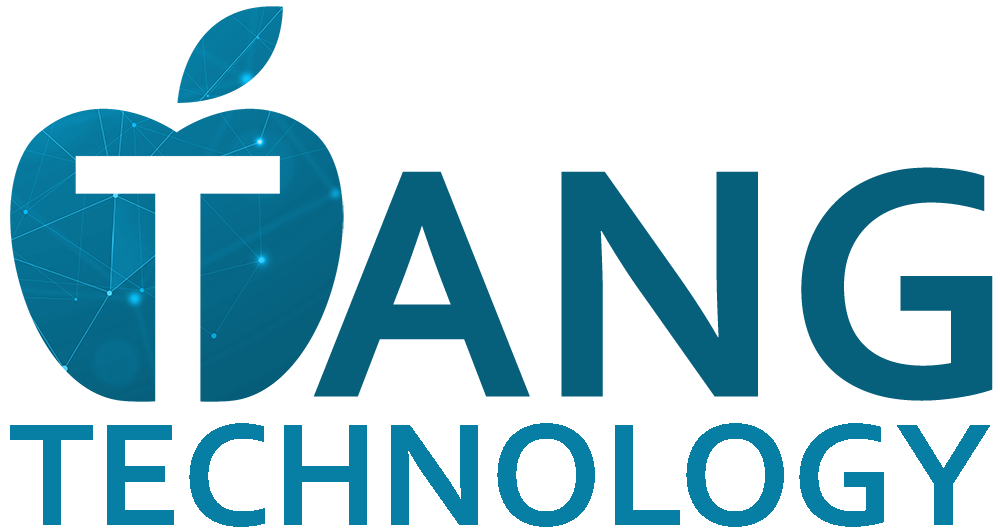SCORM is a communication standard that allows courses to communicate with a Learning Management System (LMS). As you build learning content, when should you use SCORM? Does all content need to be SCORM-compliant? We’ll answer these questions by looking at SCORM from three perspectives:
- Data and Measurement
- Interoperability
- Interactivity
Data and Measurement
When a SCORM course is launched by a SCORM-compliant LMS data is available to both the course and the LMS. This data includes:
- Student identification (name, unique identifier)
- Student progress
- Student scores
- Time in the course
- Course status (passed, failed, complete)
This data is critical in enabling learning measurement. SCORM data allows us to know who took a course and how well they performed on assessments. Without SCORM data, we don’t even know if our students completed the course. This SCORM data can then be aggregated by the Learning Management System to create useful reports. A few examples of common reports include:
- Incomplete Students: A report that can be run to show everyone who has not completed a course. Supervisors can use this report to follow up with incomplete students and remind them to complete the course.
- Failed Status: A report that can show all students who failed a course. These students did not master the course objectives and need additional support.
- Student Scores: A report that shows all scores ordered from greatest to least. Scores do not have to be out of 100. A score report can be used to create a leaderboard where students compete for the highest score.
Interoperability
SCORM courses are interoperable with any SCORM-compliant LMS. That means your SCORM content will work with any customer’s SCORM-complaint LMS and it will work ten years from now regardless of what SCORM-compliant LMS you are using.
Many LMS platforms provide native course authoring tools. If you use these tools, you need to consider how easy (or not) it is to get the content out of the platform. Most native LMS authoring tools are not SCORM-compliant. That means your course will work in your current LMS, but not work with any other LMS. This can be problematic for a few reasons:
- The LMS vendor goes out of business. You now have to rebuild your content somewhere else
- Your needs change and move to a different LMS solution. You now have to rebuild your content with the new solution.
- You want to license your content to a large customer in the customer’s LMS. You now have to build a SCORM version to provide the customer.
Interactivity
Interactivity is not part of the SCORM communication, but it is strongly tied to every SCORM authoring tool so it can be a compelling reason to adopt a SCORM solution. Interactivity is a powerful feature of eLearning. With good interaction and learning design, you can create learning experiences that would be far too complicated and/or expensive to do in any other learning modality. For example:
- Branching scenarios that allow learners to navigate a complex sales interaction. The learner’s choices guide the story so that they either close or lose the sale based on the choices they make.
- Simulations that allow learners to see the impact of hand washing on infection prevention in a hospital setting. The learner can see explore how proper (or improper) hand washing leads to fewer (or more) infection-related fatalities.
- Learning games that extend and reinforce learning objectives through game mechanics like a timed product identification activity that gets increasingly difficult. Points are assigned based on the number and difficulty of correct answers. A leaderboard can encourage competition.
To SCORM or Not to SCORM
Let’s go back to the original questions. When should you use SCORM? Based on these three perspectives, I almost always encourage my clients to pursue a SCORM solution over anything else. If you are creating a formal, online learning experience you have to be able to collect data and measure it. You want the solution to be interoperable so that you own your content and can easily move it or license it to any LMS. Finally, you want to leverage the SCORM-compliant authoring tools available so you can create interactive, engaging eLearning courses.
Does all content need to be SCORM compliant? I’m not saying ALL online learning content needs to be SCORM-compliant. There are certainly exceptions where SCORM doesn’t make sense or isn’t possible. However, if you’re starting out with online learning and exploring SCORM, chances are you should incorporate a SCORM solution. You can also contact Tang Technology for a free 30-minute consult on the needs of your organization and we can help guide you in the right direction.
